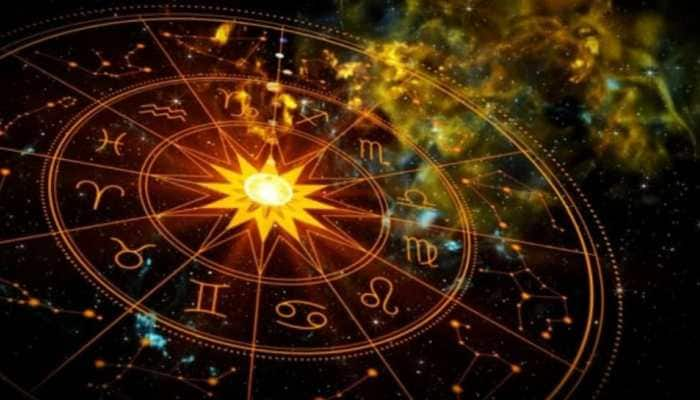Tulsi Vivah 2020: Date, Puja time and significance
The Tulsi Vivah is observed at any time between Prabodhini Ekadashi and Kartik Purnima - the full moon of the month.
- She then cursed Lord Vishnu by saying that he would turn black and become stone-like.
- This stone came to be known as Shaligram.
- Knowing that Vrinda was not at fault, Vishnu assured her that she would be born as Tulsi in her next birth and become his consort.
Trending Photos
) Pic Courtesy: Representational use only
Pic Courtesy: Representational use only New Delhi: Tulsi Vivah is the day marked to commemorate marriage between the holy Tulsi (basil plant) with Shaligram, an avatar of Lord Vishnu. The Tulsi wedding or Tulsi Vivah is significant as it symbolises the beginning of wedding season as per Hindu calendar.
Tulsi Vivah Significance:
The Tulsi Vivah is observed at any time between Prabodhini Ekadashi and Kartik Purnima - the full moon of the month. The day varies from region-to-region. This year it is being celebrated on November 26, 2020. Tulsi, also known as Vishnupriya, is considered sacred among the Hindus. The holy basil is believed to be the abode of Lord Vishnu and Goddess Lakshmi, his consort is worshipped in the form of Tulsi.
Tulsi Vivah Muhurat and Puja Timings:
Tulsi Vivah on Thursday, November 26, 2020
Dwadashi Tithi Begins - 05:10 AM on Nov 26, 2020
Dwadashi Tithi Ends - 07:46 AM on Nov 27, 2020
(as per drikpanchang.com)
Tulsi Vivah Rituals:
A day prior to the Vivah, the tulsī-vrundāvan (a special structure in which the Holy basil plant is grown) is painted and decorated. Sugarcane and marigold flowers are offered to the vrundāvan; tamarind and Indian gooseberry (amla) are kept at its base. The marriage ritual is performed in the evening. Preferably, the puja is conducted sitting westward. It is followed by donating food to the priests, which were restricted in the previous month. It is believed that after the puja is conducted the surroundings become Sattvik (spiritually pure).
Tulsi Vivah Legend:
There are several legends associated with the Tulsi Vivah and rightly find its mention in the scriptures of Padma Purana. One of the most common and famous legends associated with the event is that once there was a woman named Vrinda, a synonym for Tulsi which means incomparable. She was believed to be a form of Goddess Lakshmi.
Vrinda or Brinda was married to a demon-king named Jalandhar who had pleased Lord Vishnu by his devotion. After being blessed by Vishnu and being granted the boon of remaining invincible, Jalandhar became arrogant and started creating havoc. The Devas were fed up of his actions and requested Lord Vishnu to intervene.
Since there was no other way to annihilate Jalandhar, Vishnu out of exasperation decided to disguise himself as the demon to dupe Vrinda. The only way he could eliminate Jalandhar was by destroying her chastity.
Vrinda has promised Jalandhar of keeping a Sankalp while he was out for war. But after Lord Vishnu took Jalandhar's form and appeared before her, she left her Sankalp midway and touched his feet. When this happened, the real Jalandhar lost his might and was killed by Lord Shiva in war. His head fell straight near Vrinda's palace and she understood what happened.
She then cursed Lord Vishnu by saying that he would turn black and become stone-like. This stone came to be known as Shaligram.
Knowing that Vrinda was not at fault, Vishnu assured her that she would be born as Tulsi in her next birth and become his consort.
Therefore, devotees annually perform Tulsi Vivah by getting her married to Shaligram on Prabodhini Ekadashi.
Stay informed on all the latest news, real-time breaking news updates, and follow all the important headlines in india news and world News on Zee News.
Live Tv







)
)
)
)
)
)
)
)
)
)
